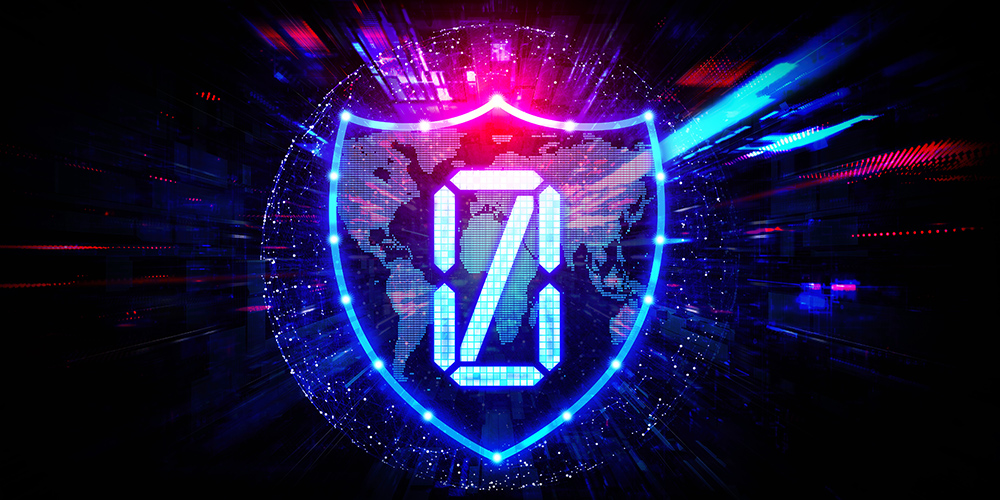At one time, a firewall and antivirus protection were adequate protections to keep networks secure. Businesses had a perimeter, a boundary protecting the network from unauthorized access. All that has changed over the years, with millions of devices connected to networks all over the world, and to the Internet via these networks. Enter “zero trust”, granting access on a case-by-case basis. Read on to learn more about this principle and how it can benefit your organization.
Why Zero Trust is Important Now
In recent decades–especially the last two years since work went remote–more users are connected to business networks and other Cloud services. With the “perimeter” now outside the traditional office, more care is necessary to grant access only to legitimate users. With more devices connected, data and applications are available to more people. In the zero-trust model, no individual is assumed to be trustworthy simply by being part of the organization. And that begs the question of who is a legitimate user.
Zero Trust Defined
Zero-trust is a cybersecurity posture that assumes that any user seeking to access the system could be a bad actor. Organizations using a zero-trust architecture have set up various criteria to determine that the entity (a device or a person) seeking access is entitled to it. Not only that, but depending on the location of the device and the role of the person using it, access can be limited to the computing resources needed for that person’s function. A common practice used in zero-trust is multi-factor authentication. After giving their password, a user performs an additional step, like submitting a one-time code.
The Why of Zero Trust
The “why” of zero trust comes from so many more devices connected to business networks and the Internet, as well as the growth of cloud solutions. Cyberattacks have become ever more frequent, and businesses need a way to verify the validity of access requests. Besides this, once the business has the criteria set up to determine legitimate activity, it is better able to spot suspicious activity. With other cybersecurity practices and tools, zero trust is yet another way to secure your company’s network.
Naturally, companies want their systems, data and applications to be as secure as possible. For help with setting up a zero-trust environment, contact your trusted technology advisor today.

